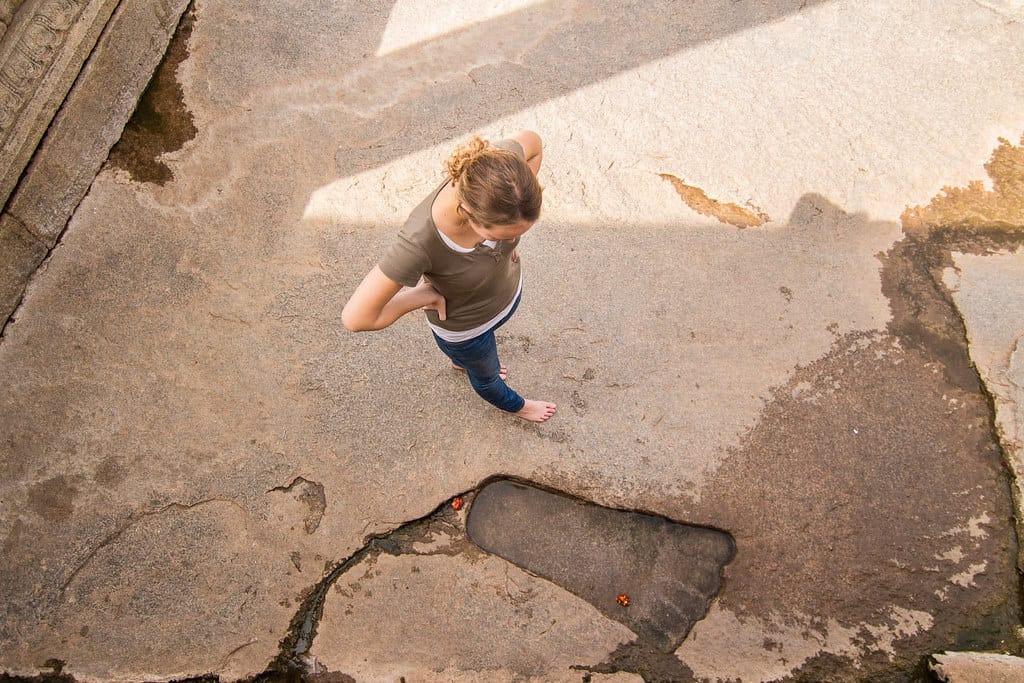In 2021, the scientific community was stunned by a groundbreaking discovery in White Sands National Park, New Mexico. Researchers uncovered what appeared to be human footprints preserved in the ancient lake beds of this arid landscape. These weren’t just any footprints – radiocarbon dating initially suggested they were between 21,000 and 23,000 years old, challenging the long-held timeline of human arrival in North America. The footprints, preserved in soft mud that later turned to stone, offered tangible evidence of human presence during the Last Glacial Maximum, when ice sheets covered much of North America. This discovery represented more than just impressions in stone; it potentially rewrote the story of when humans first populated the Americas, pushing back the timeline by thousands of years.
Challenging the Clovis First Theory
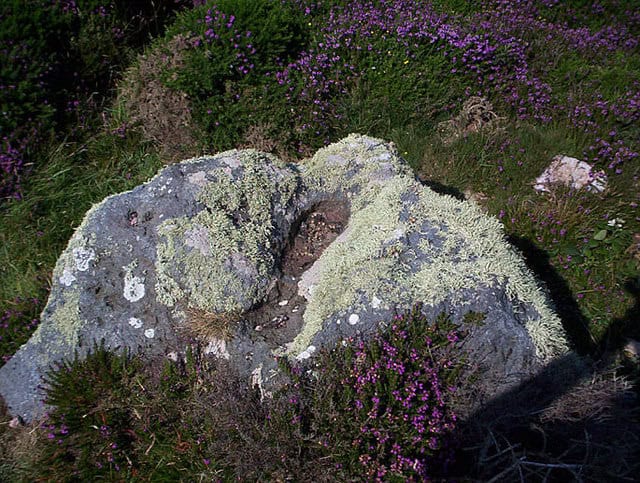
For decades, the prevailing “Clovis First” theory dominated archaeological thinking about North American settlement. This theory proposed that people associated with the Clovis culture, known for their distinctive fluted projectile points, were the earliest inhabitants of North America, arriving approximately 13,000 years ago. These people were thought to have crossed the Bering Land Bridge during a period when lower sea levels created a land connection between Siberia and Alaska. However, the White Sands footprints, along with other recent discoveries, have strongly challenged this once-dominant narrative. If humans were indeed walking around New Mexico during the height of the last ice age, the entire chronology of human migration into the Americas requires significant revision, forcing archaeologists to reconsider migration routes and timelines that were once considered settled science.
The Science Behind Dating Ancient Footprints
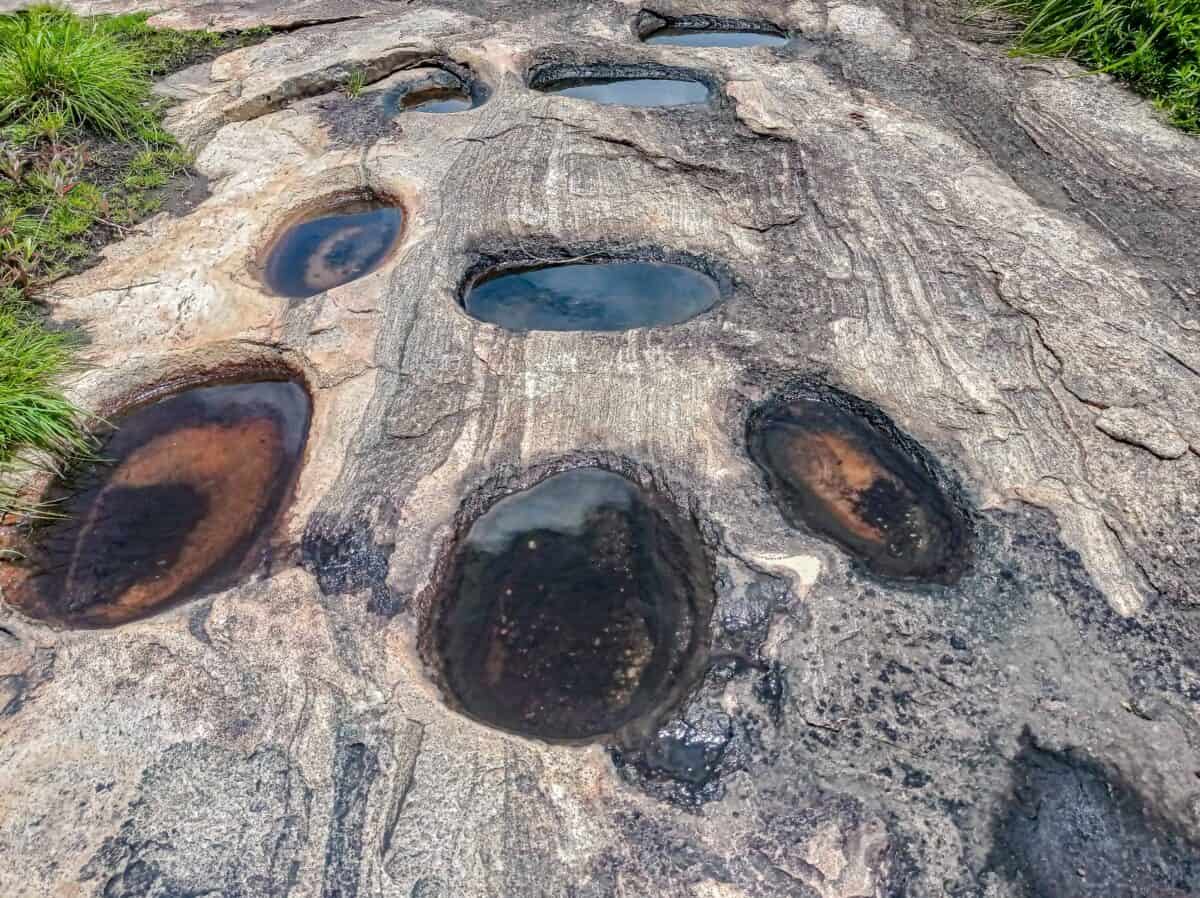
Dating ancient footprints requires sophisticated scientific methods and careful analysis. At White Sands, researchers initially used radiocarbon dating of seeds from an aquatic plant called Ruppia cirrhosa found embedded in the layers containing the footprints. These seeds were presumed to be contemporaneous with the footprints themselves. The radiocarbon dating process measures the decay of carbon-14 isotopes, providing an estimate of when organic material died. However, this method faced scrutiny because aquatic plants can absorb older carbon from the water, potentially resulting in dates that appear older than they actually are – a phenomenon known as the “reservoir effect.” To address these concerns, scientists conducted additional testing on conifer pollen grains found in the same layers, which reinforced the original dating estimates. Multiple dating methods, including optically stimulated luminescence (which measures when mineral grains were last exposed to sunlight), were employed to create the most accurate picture possible of when these footprints were created.
A Glimpse into Ancient Human Life
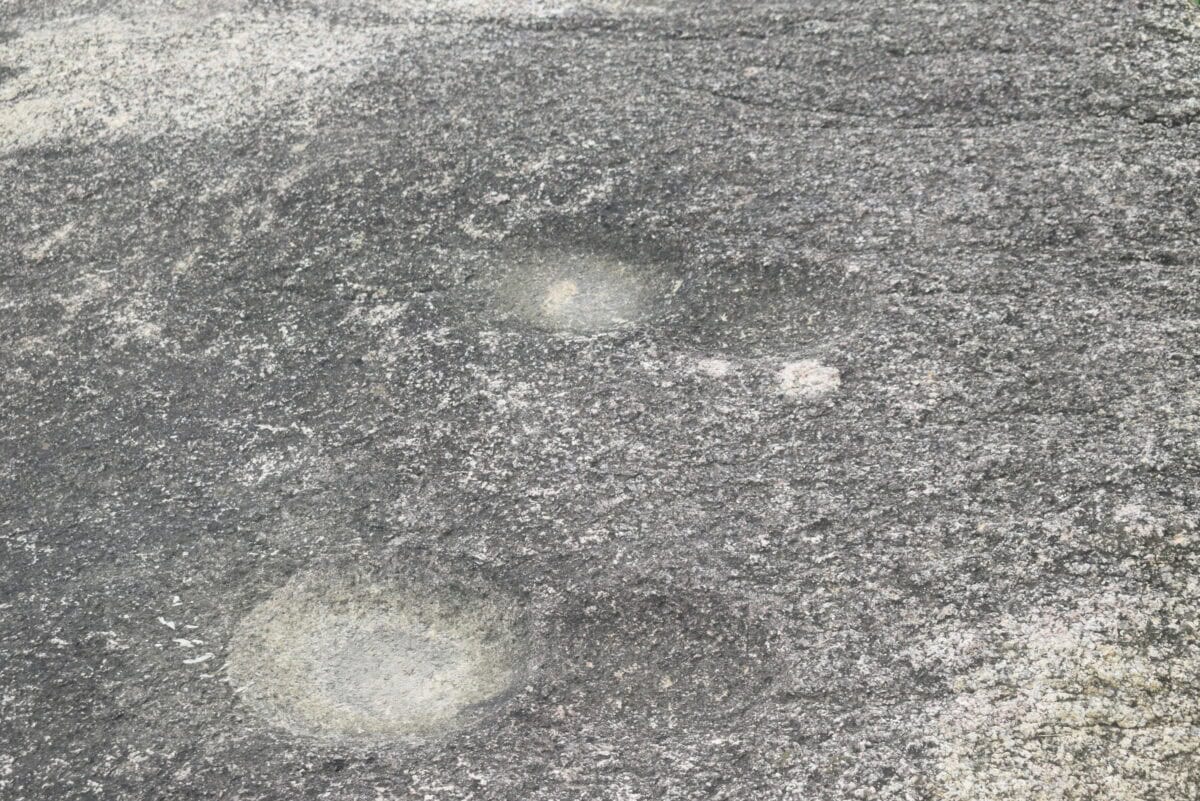
The footprints at White Sands offer rare and intimate insights into the everyday lives of ancient humans. Unlike stone tools or other artifacts that indicate human presence, footprints capture moments in time – literal snapshots of movement. Analysis of the tracks revealed that they belonged to multiple individuals, including children and teenagers. Some prints suggest people were carrying items or children, while others indicate running, walking, and even playful behavior. The footprints were found around what was once a shallow lake, suggesting these ancient humans were likely foraging for resources along the lakeshore. Remarkably, some human tracks intersect with those of ancient megafauna, including mammoth and giant ground sloth prints, providing evidence of human-animal interactions during this remote period. These footprints humanize our ancient ancestors, showing not just that they were present, but offering glimpses into their social structures and daily activities.
Environmental Context of the White Sands Region

Today’s White Sands National Park is characterized by its stunning white gypsum dunes – the largest such dune field in the world – and appears starkly different from the environment encountered by the footprint makers over 20,000 years ago. During the Last Glacial Maximum, the region featured a network of wetlands and lakes teeming with life. The climate was cooler and wetter than today’s arid conditions, supporting diverse vegetation and wildlife. These ancient lakes would periodically dry up and refill, creating the perfect conditions for preserving footprints in the soft, muddy sediments. As individuals walked across these mudflats, their footprints were quickly covered by additional sediment layers, protecting them from erosion and decay. This environmental context was crucial for both attracting human presence – with abundant water, plant resources, and wildlife – and for preserving evidence of that presence through geological time, allowing modern researchers this rare window into human prehistory.
Migration Pathways into North America
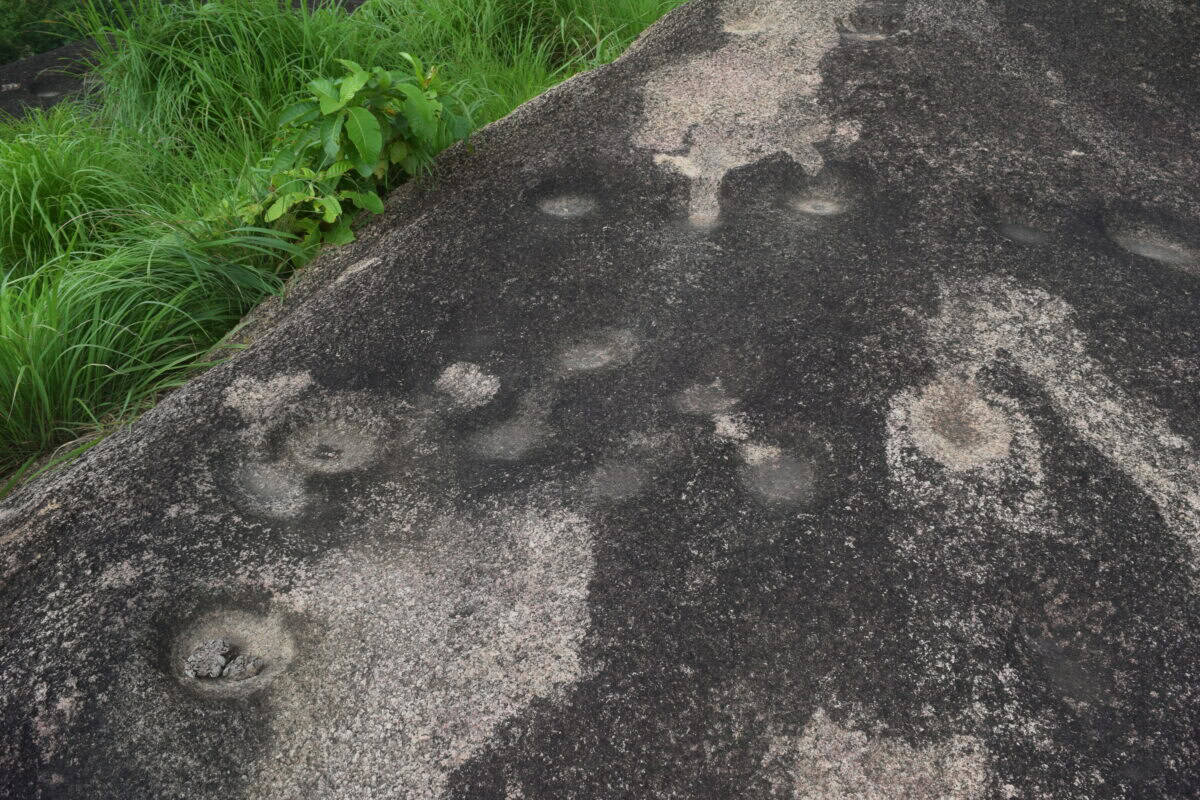
The White Sands footprints have reignited debates about how and when humans first migrated into the Americas. The traditional theory suggests people crossed from Siberia to Alaska via the Bering Land Bridge (Beringia) when sea levels were lower during the ice age. They then supposedly traveled south through an ice-free corridor between the Laurentide and Cordilleran ice sheets that opened approximately 13,000-14,000 years ago. However, if humans were in New Mexico 21,000-23,000 years ago, this corridor would have been blocked by ice, necessitating alternative migration routes. Some researchers propose a coastal migration route, where early people traveled along the Pacific coastline using boats, bypassing the need for an inland ice-free corridor. Others suggest multiple waves of migration occurring through different routes over thousands of years. The footprints don’t definitively solve the migration pathway mystery, but they add a critical piece to the puzzle, establishing human presence during a time when conventional migration routes were thought to be impassable, and suggesting the colonization of the Americas was a more complex and prolonged process than previously recognized.
Technological Analysis Methods
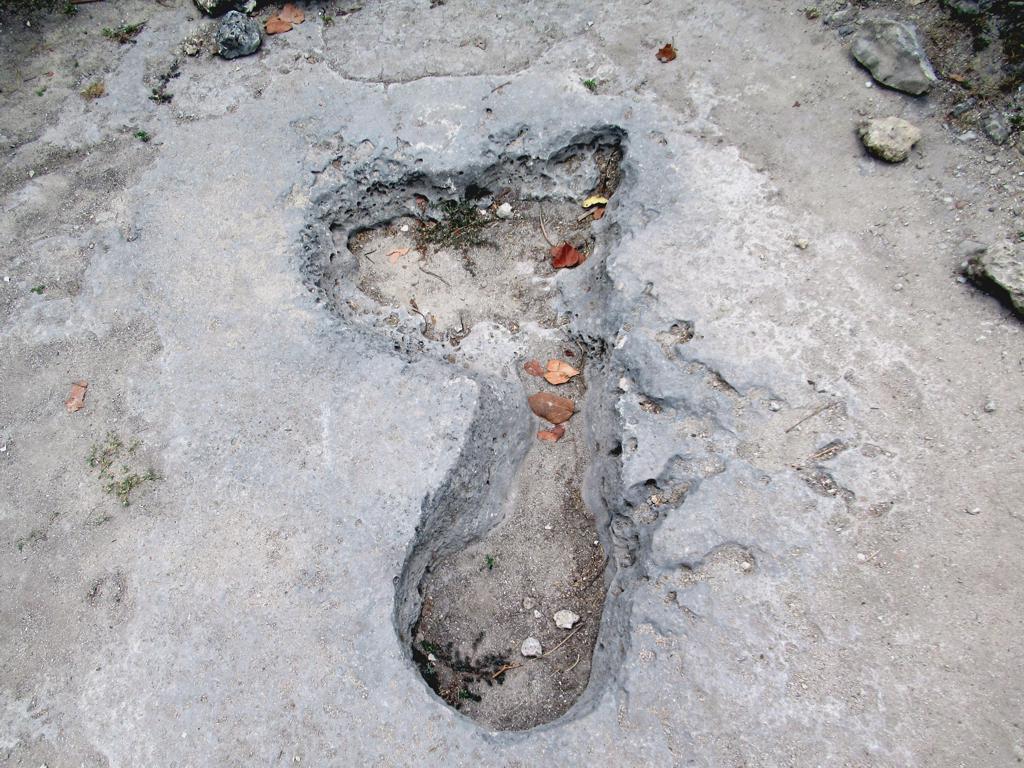
Studying ancient footprints requires cutting-edge technological approaches that bridge archaeology, geology, and forensic science. Researchers at White Sands employed sophisticated photogrammetry techniques, creating detailed 3D models of the footprints using hundreds of digital photographs taken from multiple angles. These models allow for precise measurements of foot size, depth, and stride length without disturbing the fragile impressions. Ground-penetrating radar helped scientists identify additional prints beneath the visible surface, mapping the extent of human activity without excavation. Sediment analysis revealed the composition and formation processes of the layers containing the prints, while advanced imaging techniques enhanced visibility of subtle details, including potential evidence of toe impressions and weight distribution. For some prints, researchers created silicone molds to preserve exact replicas for further study. These technological methods not only confirm the prints are human in origin but also help establish their age through stratigraphic relationships with dated materials and provide insights into the movements and behaviors of the people who made them thousands of years ago.
Scientific Controversy and Ongoing Debate
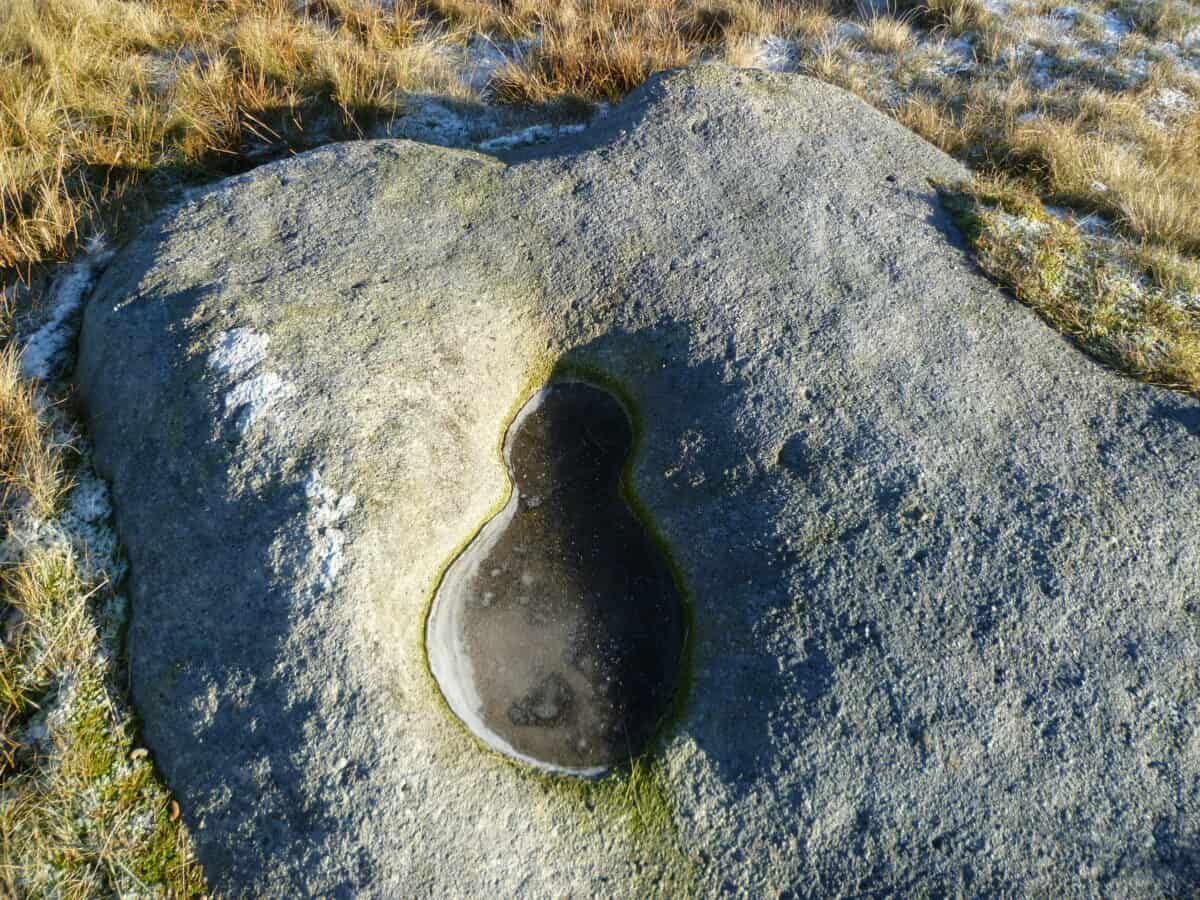
The White Sands footprints have generated significant scientific controversy since their discovery. While the research team’s findings were published in the prestigious journal Science, some archaeologists remain skeptical about the dating methods used and the implications of such early human presence. Critics have questioned whether the radiocarbon dates might be affected by the “reservoir effect,” where aquatic plants absorb ancient carbon from water sources, potentially making the dates appear older than they actually are. Others suggest the prints might have been created by a non-human species, though detailed analysis strongly supports human origin. The controversy reflects broader tensions in North American archaeology, where evidence challenging the long-established Clovis First paradigm often faces intense scrutiny. The research team has responded by conducting additional dating analyses, including direct dating of pollen grains and using alternative dating methods to corroborate their findings. This scientific debate, while sometimes contentious, represents the self-correcting nature of science and drives researchers to develop more rigorous methodologies and gather additional evidence, ultimately strengthening our understanding of human prehistory.
Cultural Significance to Indigenous Communities

For many Indigenous peoples of the Americas, the White Sands footprints hold profound cultural significance beyond their scientific value. Numerous Native American oral traditions speak of ancient origins in North America, some suggesting a presence far older than archaeological consensus previously acknowledged. The footprints provide tangible evidence supporting these long-held beliefs about deep ancestral connections to the land. Throughout the research process, archaeologists consulted with tribal representatives from nations including the Apache, Zuni, and Mescalero, incorporating Indigenous perspectives and knowledge systems into the interpretation of the findings. For these communities, the footprints represent not abstract scientific data but the literal footsteps of ancestors, connecting present generations to their distant past. This discovery highlights the importance of collaborative research approaches that respect and incorporate Indigenous knowledge, recognizing that scientific findings about human prehistory have real cultural implications for living peoples. The footprints serve as a powerful reminder that archaeological sites are not just scientific resources but often places of deep cultural heritage and ongoing significance.
Other Pre-Clovis Sites in North America
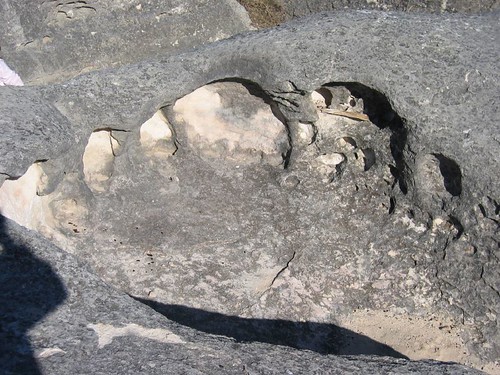
The White Sands footprints join a growing list of archaeological sites challenging the Clovis First theory. At Meadowcroft Rockshelter in Pennsylvania, archaeologists have uncovered evidence suggesting human occupation possibly dating back 16,000 years. The Paisley Caves in Oregon contained human coprolites (fossilized feces) dated to approximately 14,300 years ago. In Monte Verde, Chile, archaeological remains have been dated to around 14,500 years ago, indicating humans had not only reached North America but had traveled thousands of miles further south before the traditionally accepted timeline. The Buttermilk Creek Complex at the Debra L. Friedkin site in Texas has yielded stone tools dated to 15,500 years ago. The Chiquihuite Cave in Mexico contains stone tools potentially dating back 30,000 years, though these findings remain highly contested. Most recently, mammoth bones at the Page-Ladson site in Florida show evidence of human butchering around 14,550 years ago. Each of these sites has faced scientific scrutiny, with questions about dating methods or human attribution, but collectively they form a compelling case for pre-Clovis human presence in the Americas. The White Sands footprints are particularly significant because, unlike artifacts that could potentially be mis-dated or misinterpreted, footprints unambiguously demonstrate human presence at a specific moment in time.
Conservation Challenges at White Sands
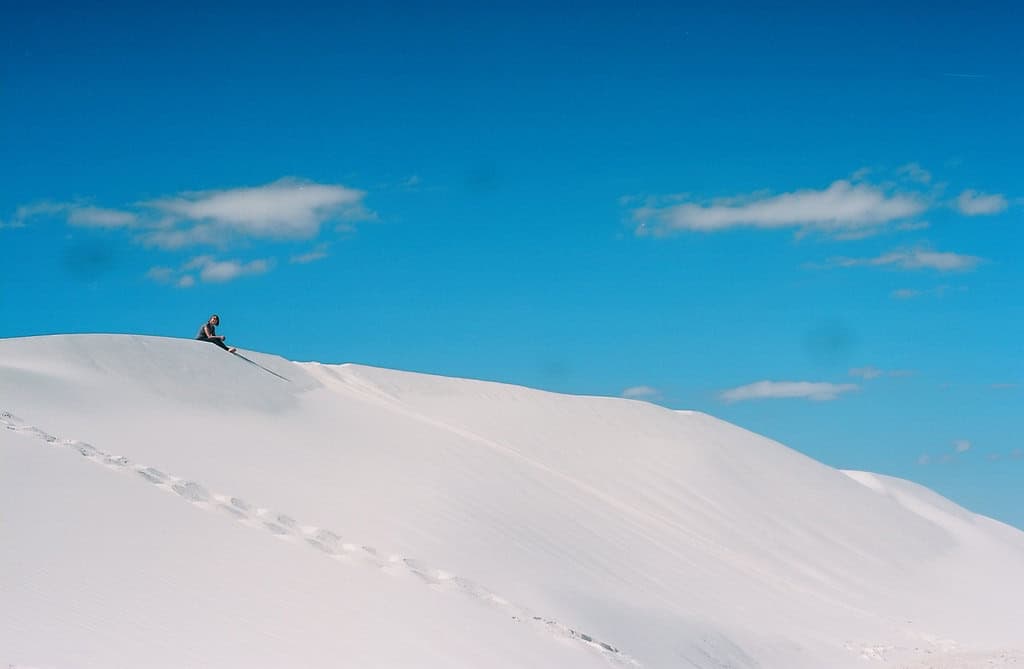
Preserving the ancient footprints at White Sands presents significant conservation challenges. The very conditions that allowed these impressions to survive for millennia – the dry desert environment – also makes them vulnerable to erosion, particularly as climate change alters precipitation patterns in the region. Wind erosion constantly reshapes the landscape, potentially exposing more prints but also threatening those already documented. Human activity poses additional risks; while the exact locations of many prints remain confidential to prevent vandalism or disturbance, increased visitor interest following the discovery puts pressure on park management to balance scientific access with preservation. Researchers must employ non-invasive documentation methods whenever possible, capturing detailed records through photography and scanning rather than physical sampling that might damage the prints. The National Park Service has implemented monitoring programs to track environmental conditions around known print locations and developed emergency protocols for when new prints are exposed by natural processes. Conservation efforts also include creating high-resolution digital archives of the footprints, ensuring that even if the physical impressions eventually erode, their scientific and cultural value can be preserved for future generations.
Future Research Directions

The discovery at White Sands has opened numerous avenues for future research that could further transform our understanding of ancient human presence in the Americas. Ongoing excavations continue to uncover new prints in the area, potentially revealing more about population density and movement patterns. Advanced DNA extraction techniques might someday recover environmental DNA from the sediments surrounding the footprints, potentially identifying plant and animal species present and even human genetic material if preservation conditions prove favorable. Researchers are developing more refined dating methods to address controversies surrounding the age of the prints, including techniques that might directly date the mineral formations within the footprints themselves. Comparative analyses between the White Sands prints and those found at other global sites could reveal insights about human foot morphology and biomechanics over time. Interdisciplinary collaborations between archaeologists, geologists, climatologists, and Indigenous knowledge keepers promise to create more comprehensive narratives about the environmental conditions, human adaptations, and cultural practices of these early Americans. The White Sands footprints represent not an endpoint but a beginning – opening a new chapter in the study of human prehistory in the Americas that will likely yield discoveries for decades to come.
Conclusion: Footprints That Changed History

The ancient human footprints discovered at White Sands National Park represent one of the most significant archaeological findings in North America in recent decades, potentially rewriting the timeline of human presence on the continent by thousands of years. These humble impressions in the earth have sparked vigorous scientific debate, challenged long-held theories, and provided tantalizing glimpses into the lives of some of the earliest inhabitants of what would become the United States. The footprints remind us that archaeology is a dynamic field, where new discoveries continually reshape our understanding of the past and where technological advancements allow us to extract ever more information from the traces left behind by our ancestors. As research continues at White Sands and other sites across the Americas, the story of human migration and settlement in the New World grows increasingly complex, nuanced, and fascinating – a testament to both the ingenuity of ancient humans who navigated challenging landscapes and the persistence of modern scientists who decipher their journeys millennia later.
- Do Blue Lobsters Really Exists? - August 22, 2025
- The Nine-Tailed Fox: Mythical Shapeshifter of East Asia - August 22, 2025
- Polar Bears Are Evolving to Survive - August 22, 2025

